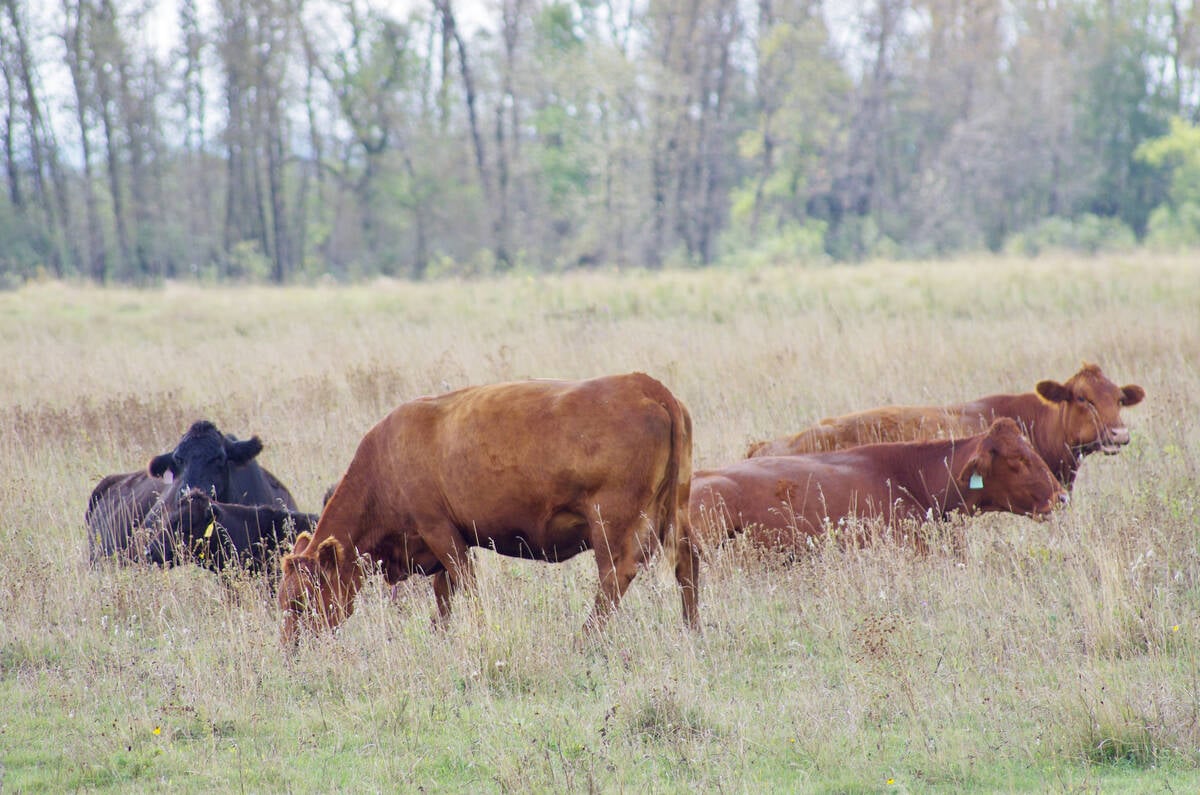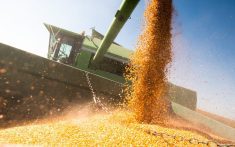MarketsFarm — The further tightening of wheat and barley feed supplies is prompting feedlots to purchase more corn from the U.S., according to an Alberta-based analyst.
“We’re nine months away, or almost 10 months away from more inventory coming in. There’s not much there for wheat and barley,” said Mike Fleischhauer of Eagle Commodities at Lethbridge. “In southern Alberta, there are an awful lot of feedlots using corn. Prices for wheat and barley are staying status-quo or moving up a bit.”
Coming off severe drought this past summer, producers were already aware of a sharp drop in grain production before Statistics Canada’s latest principal field crop estimates were released Friday.
Read Also

U.S. livestock: Chicago cattle futures climb on post-Thanksgiving trade
Chicago | Reuters – Chicago Mercantile Exchange’s live and feeder cattle futures ticked up on Friday in a day of…
In that report, production declined even further from September’s estimates; total wheat production was projected at 21.652 million tonnes, 0.3 per cent less than September’s estimate and 38.5 per cent lower than in 2020-21.
Barley production was pegged at 6.948 million tonnes, 2.7 per cent lower than the previous estimate and 35.3 per cent lower than in 2020-21.
In Alberta, feed wheat has traded at a high-delivered bid of $12.93 per bushel, steady over the past week but 82 cents higher than last month, according to Prairie Ag Hotwire. Feed barley traded as high as $9.73/bu., seven cents lower than last week but 26 cents higher than last month.
Fleischhauer expects more corn to be imported from the U.S. to Alberta feedlots, but there is still demand for other grains.
“Not everybody can take corn (and) that leaves a void for some wheat and barley. I don’t believe that all the export markets are filled yet either with all the contracts we have to ship over there,” he said.
“I think we’re going to see a little bit more of a push for some of the line companies to be a little bullish in the market trying to get a little bit more wheat to be able to send overseas… Everything that’s coming in is corn and it’s going to be like that until mid-summer.”
Feedlots across the Prairies are anticipating colder temperatures and Fleischhauer expects greater demand for feed as the mercury plummets.
“In southern Alberta and most of the Prairies, it’s been kind of a good-weather year. It hasn’t been that cold other than the last week.
“Once you get into -30 C temperatures, (animals) are going to consume a lot of feed,” he added. “If it stays cold, they’re going to eat.”
— Adam Peleshaty reports for MarketsFarm from Stonewall, Man.
















